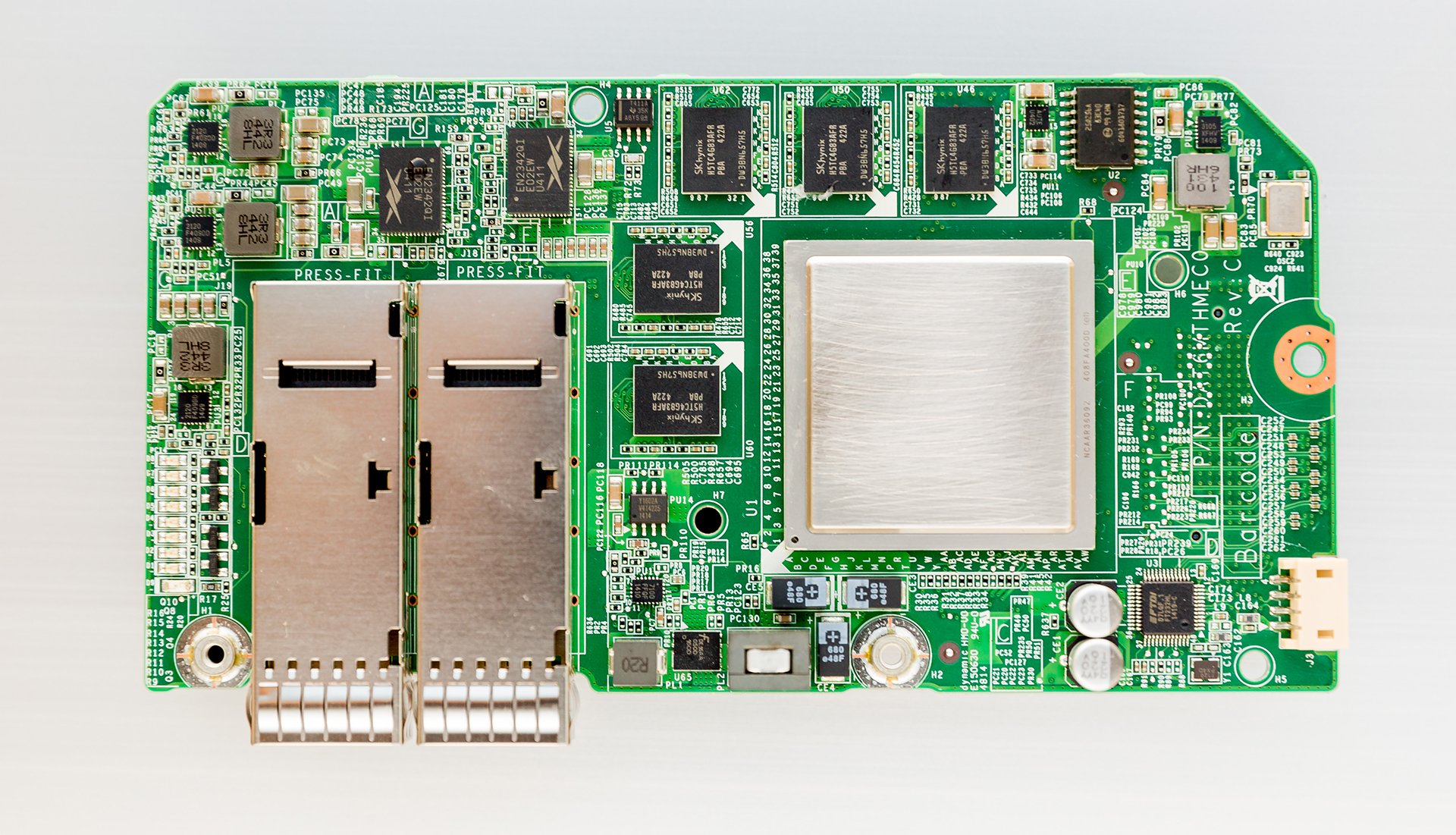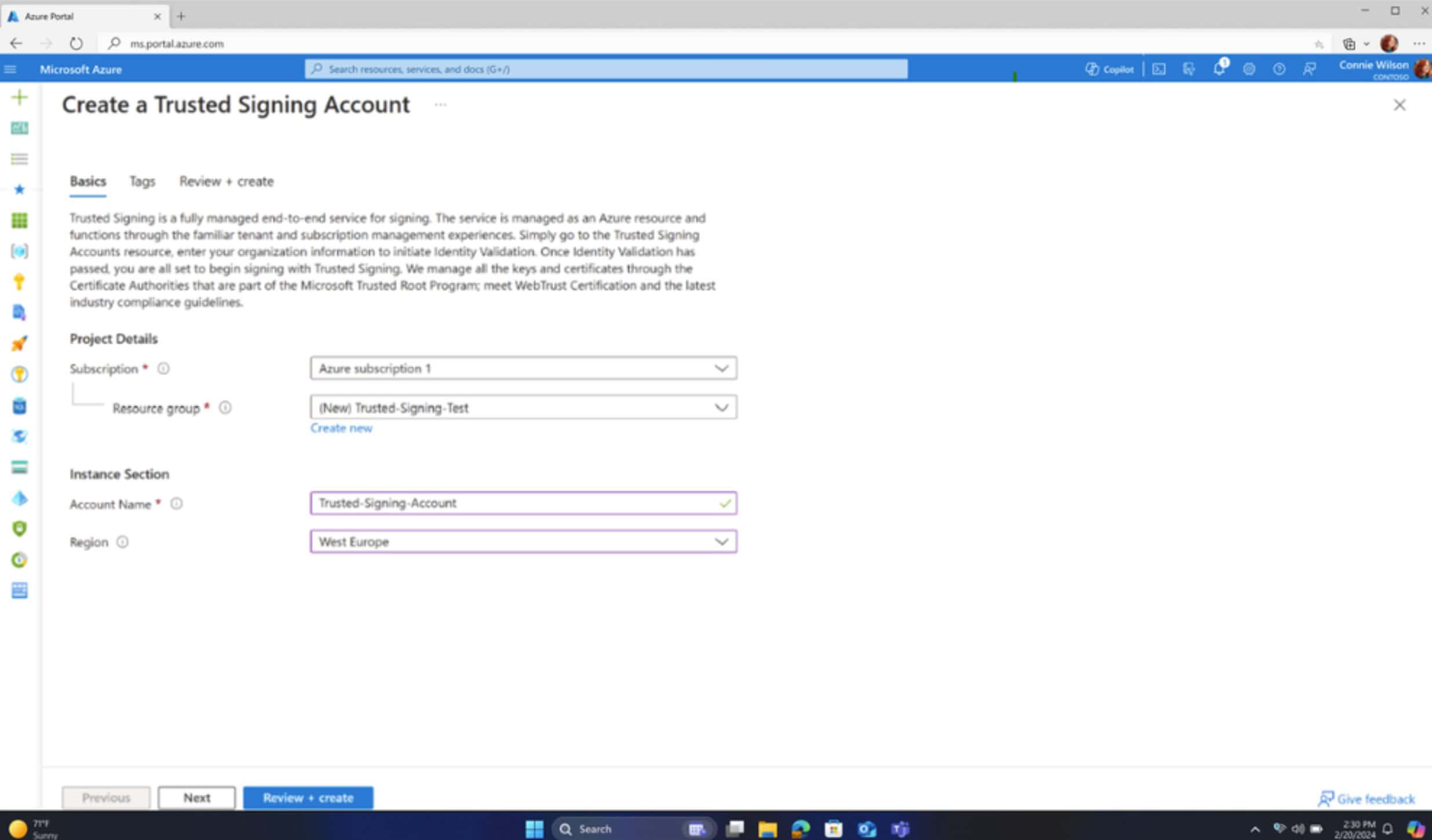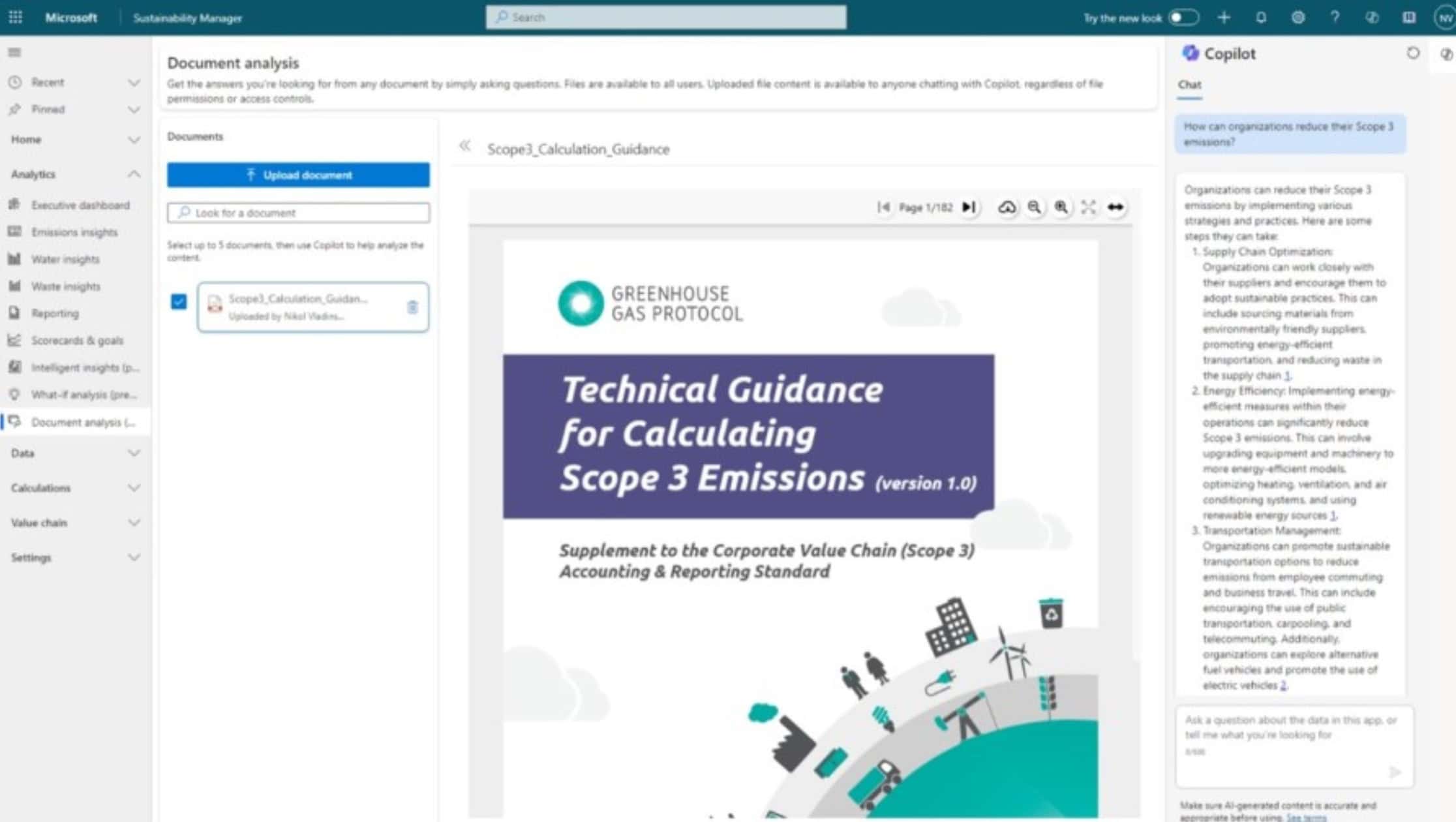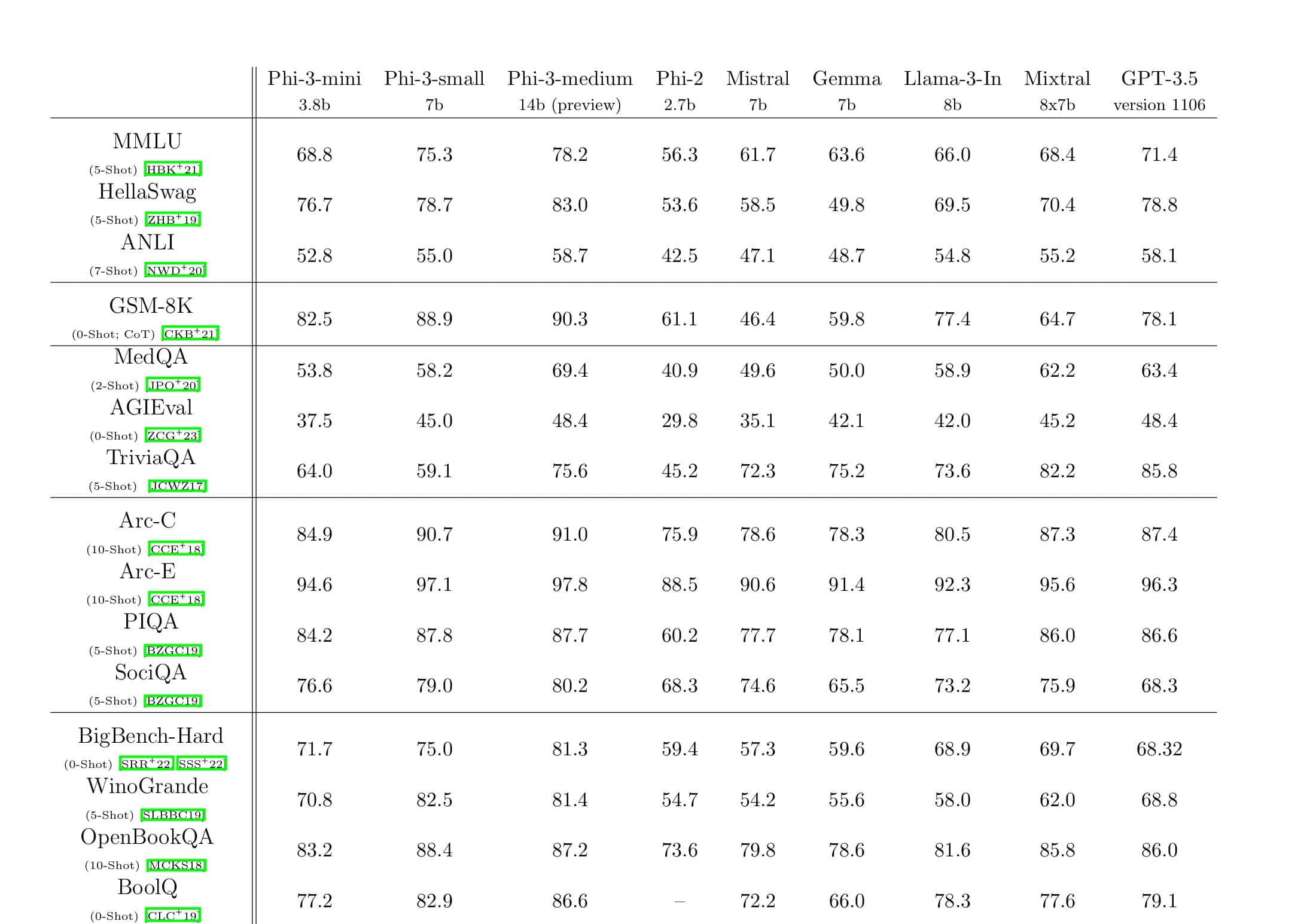Microsoft talks about the project that helped them build the world’s first AI supercomputer
2 min. read
Published on
Read our disclosure page to find out how can you help MSPoweruser sustain the editorial team Read more

Project Catapult uses standard Microsoft datacenter servers—each augmented with field-programmable gate array (FPGA). While standard chips have their gates permanently etched onto the silicon, FPGA gates are implemented in such a way that their functionality can be changed on the fly. Therefore, FPGAs provide programmable logic that can be tailored to individual applications. Recently, Microsoft said that they are using the world’s largest deployment of custom developed field-programmable gate arrays (FPGAs), spanning 15 countries and five continents. These FPGAs could be used to accelerate AI to near real time, making Azure the foundation for the world’s first AI supercomputer.
Today, Microsoft highlighted the success of this moonshot project on their official blog. A team of Microsoft engineers and researchers, working together, created this Project Catapult.
FPGAs aren’t new, but until recently no one had ever seriously tried to use them at large scale for cloud computing. That changed when Doug Burger, a distinguished engineer with Microsoft’s research division, and a team including James Larus and Andrew Putnam hit upon the idea of using the chips to solve a huge problem in the technology industry: The slow but eventual end of Moore’s Law.
Derek Chiou, who led the Bing FPGA team and now heads up Microsoft Azure’s Cloud Silicon team. “What we’ve done now is we’ve made the FPGA the front door,” Chiou said.
The FPGAs are now the first to see every message going into the server, enabling them to both make decisions on how to handle each message and perform the work, often without the processor’s involvement.
Microsoft has now expanded the usage of FPGAs to Azure and Office 365. Each group within Microsoft uses FPGAs according to their needs. Azure, for example, uses FPGAs for faster networking while Office 365 uses it for machine intelligence activities.
Read the full story here.








